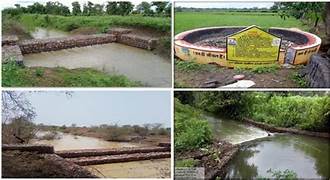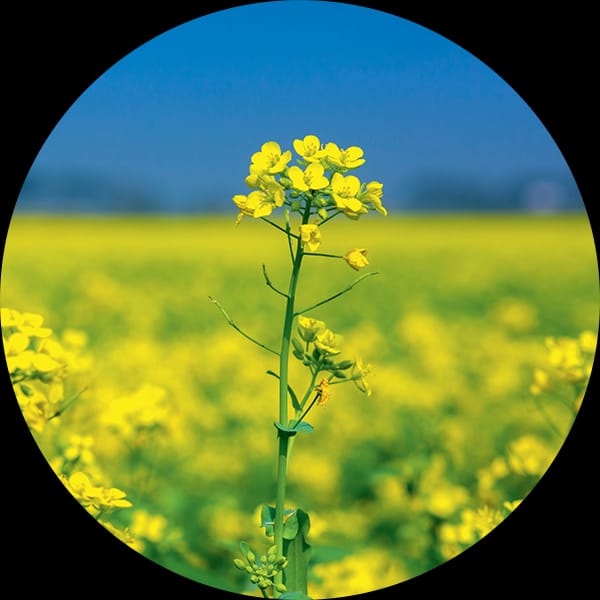District CEO Suruchi Singh Presents Innovative Water Conservation Model; Ministry of Jal Shakti Hails It as a Replicable Example for Other States
Published on: October 07, 2025
By: BTNI
Location: Rajnandgaon, India
The Mission Jal Raksha initiative from Chhattisgarh’s Rajnandgaon district drew national acclaim during the Sujalam Bharat–Jal Sanjay program organized by the Ministry of Jal Shakti in New Delhi. The national conference showcased innovative practices from across India in water conservation, groundwater management, and water literacy.
The session, chaired by Mrs. Archana Verma, Director at the Ministry of Jal Shakti, featured presentations from several states. Among them, Rajnandgaon’s Mission Jal Raksha stood out as a model example of integrated water management. District Panchayat CEO Ms. Suruchi Singh delivered a detailed presentation highlighting the district’s strategies to combat critical groundwater depletion through scientific mapping, GIS analysis, and community participation.
Ms. Singh explained that out of Rajnandgaon’s four administrative blocks, three are classified as semi-critical zones concerning groundwater levels. To address this challenge, the district implemented a series of percolation tanks, recharge shafts, and water structures designed using hydrogeological mapping. This effort maximized rainwater utilization and reduced construction costs through the use of locally available materials.
Also read- https://www.btnewsindia.com/indigo-airlines-launches-additional-flights-between-raipur-and-delhi/ https://www.btnewsindia.com/cm-vishnu-deo-sai-inaugurates-chhattisgarh-mining-conclave-2025s/
She further elaborated on Mission Jal Raksha’s outreach initiatives such as the “Jal Swachhta and Crop Symposium Campaign,” aimed at enhancing water literacy, rainwater harvesting, sanitation, and crop diversification at the village level. More than 1.5 lakh women, supported by Padma Shri awardee Phoolbasan Bai Yadav, have been active participants through the “Neer aur Naari Jal Yatra,” which promotes women’s leadership in sustainable water management.
Ms. Singh also provided insights into low-cost groundwater recharge technologies developed under MGNREGA and described how satellite and GIS imagery are used to evaluate the impact of constructed water bodies. She emphasized policy reforms tailored to local needs, institutional rainwater harvesting systems, and water quality monitoring frameworks being developed under the second phase of the program.
Commending the Rajnandgaon model, Director Archana Verma praised it as “an inspiring example for other districts across the country” and noted that it effectively integrates science, policy, and community engagement. The Sujalam Bharat–Jal Sanjay program, a flagship initiative of the Ministry of Jal Shakti, focuses on water conservation, rejuvenation of traditional water bodies, wastewater reuse, and public participation — ensuring that every drop counts.
With the launch of its next phase, Rajnandgaon’s Mission Jal Raksha aims to expand micro recharge mapping, institutional rainwater systems, and monitoring networks, setting a benchmark for sustainable water management across India.




